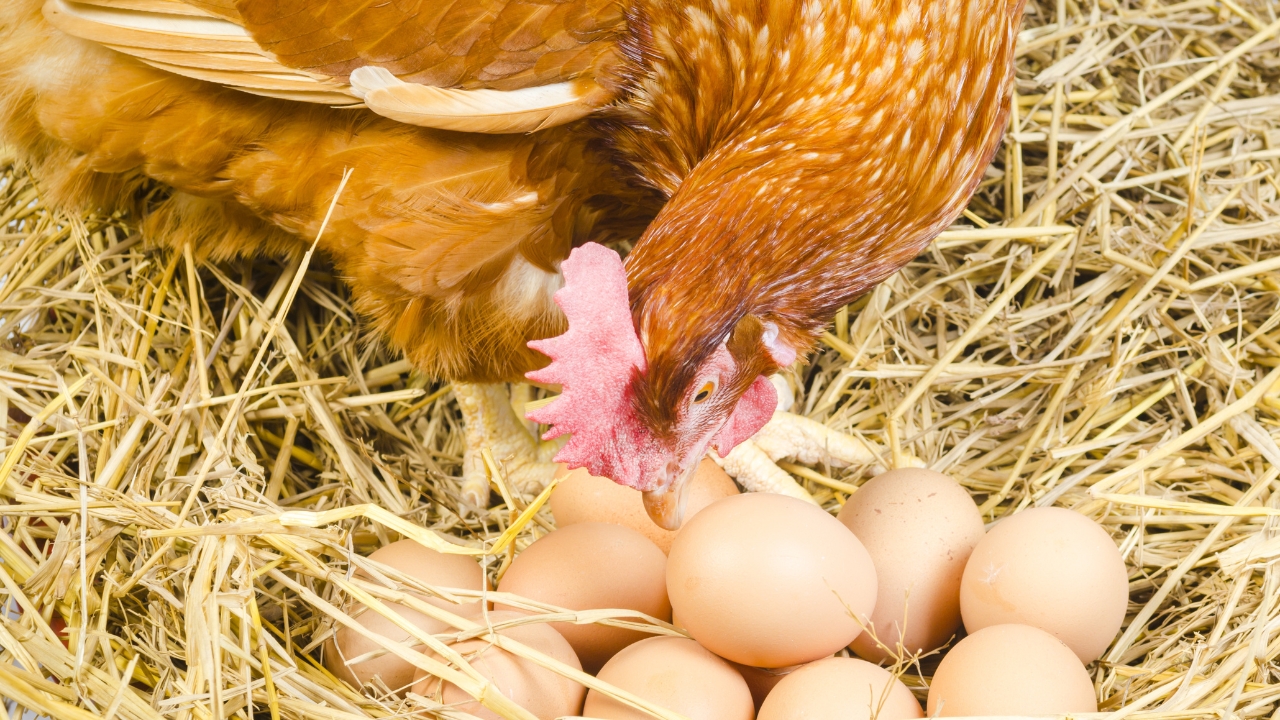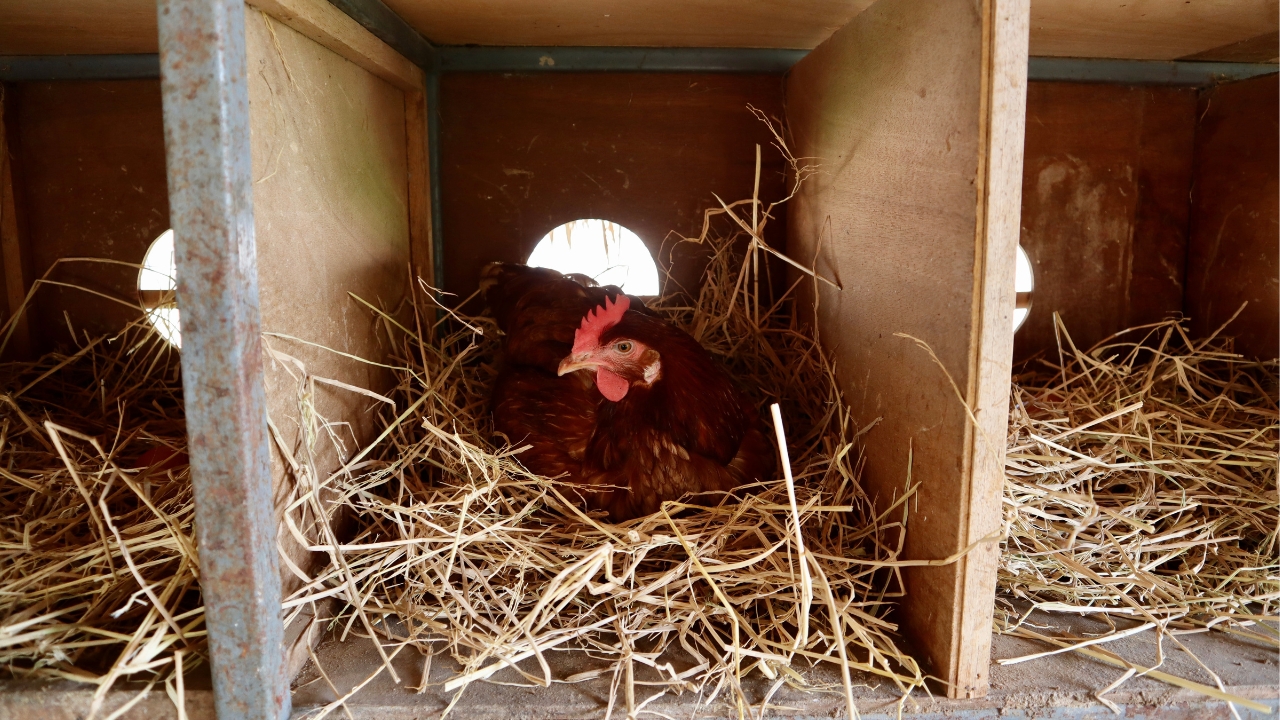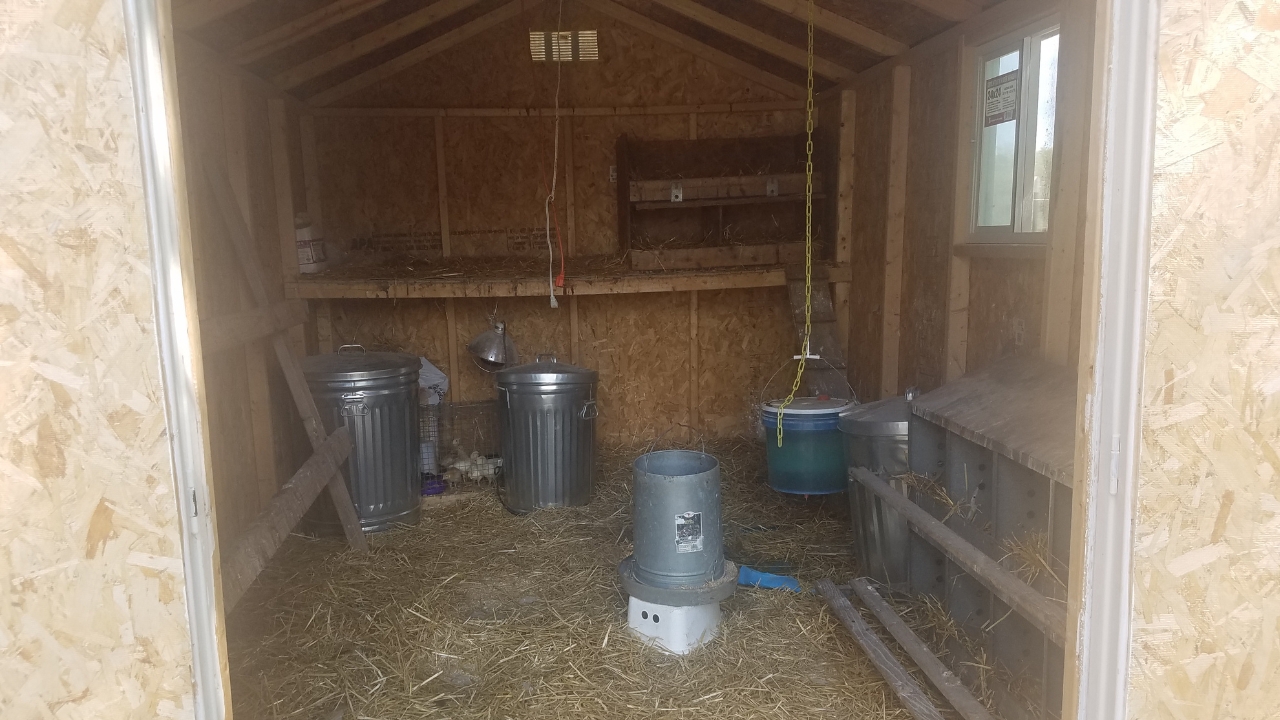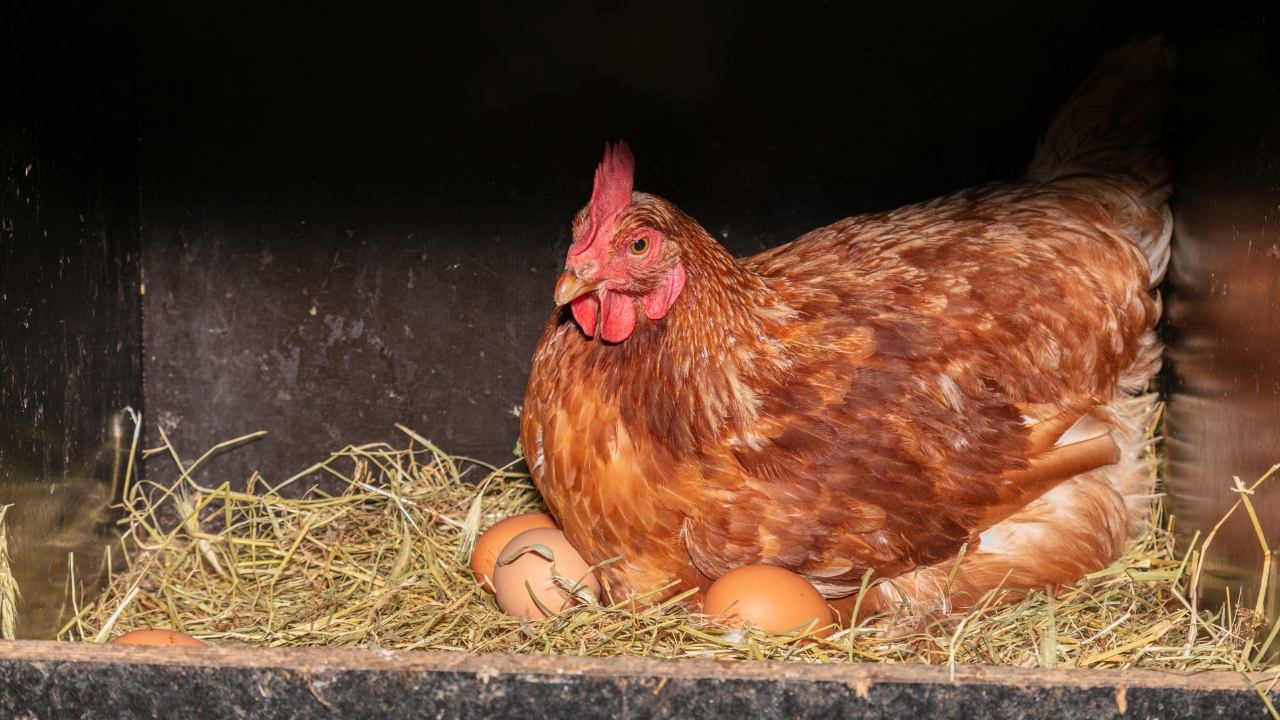9 Things That’ll Ruin a Nesting Box Setup Fast
A good nesting box setup keeps your hens laying where they’re supposed to, helps prevent broken eggs, and makes cleanup easier. But it doesn’t take much to throw the whole thing off. Hens are picky, and once something about the setup starts bothering them, they’ll lay somewhere else—or stop laying altogether.
If you’ve been dealing with messy boxes, missing eggs, or stressed-out birds, it might be time to double-check what’s working against you.
Nesting Boxes That Aren’t Dark Enough

Hens like privacy when they lay. If your boxes are too bright or open, they might avoid them altogether. Even just a little too much light can make them feel exposed and uncomfortable. Try adding a curtain or adjusting the placement to keep things dim and quiet.
Too Many Hens per Box

You might think they’ll take turns, but if too many hens share a box, things get chaotic. Eggs get trampled, bedding gets kicked out, and squabbles break out. Aim for one box per 3–4 hens, and if you see crowding, go ahead and add another.
Unstable or Wobbly Boxes

If a box tips when a hen jumps in or moves too much, she won’t trust it again. Make sure boxes are secure, level, and won’t shift under their weight. Even if it looks fine to you, they’ll avoid anything that doesn’t feel steady underfoot.
Bedding That Won’t Stay in Place

Some types of bedding slide around or clump up. If the floor of the box gets exposed, eggs crack easier, and hens are more likely to lay elsewhere. Use something like straw or shavings that they can nestle into and check that it’s deep enough to provide cushion.
Letting Broody Hens Take Over

Once a hen goes broody and claims a box 24/7, it messes up the rotation. The others may avoid her or fight for a different spot. If you’re not planning to let her hatch eggs, move her to a separate space so the box can go back to being shared.
Poor Ventilation Nearby

Boxes tucked in a corner with no airflow tend to smell fast and feel stuffy, especially in summer. That can cause laying issues or drive hens away from the area. Make sure there’s good airflow across the coop without letting drafts blow directly into the nesting area.
Nesting Boxes Too High or Too Low

If boxes are too low, they’ll get filled with kicked-up bedding and droppings. Too high, and older or heavier hens might not want to use them. Keep them a little higher than the floor but lower than the roosts. That balance helps keep them cleaner and more inviting.
Not Collecting Eggs Often Enough

Leaving eggs in the boxes too long leads to breakage, egg eating, and more mess. Once one egg cracks, the others go fast. Collect at least once a day, more often if you’ve got a lot of hens or a problem bird.
Letting Rodents or Bugs Move In

If mice or mites start using the boxes, your hens will stop. Keep feed cleaned up, seal up holes in the coop, and check bedding for signs of pests. A little maintenance goes a long way in keeping the boxes clean and safe.
*This article was developed with AI-powered tools and has been carefully reviewed by our editors.







